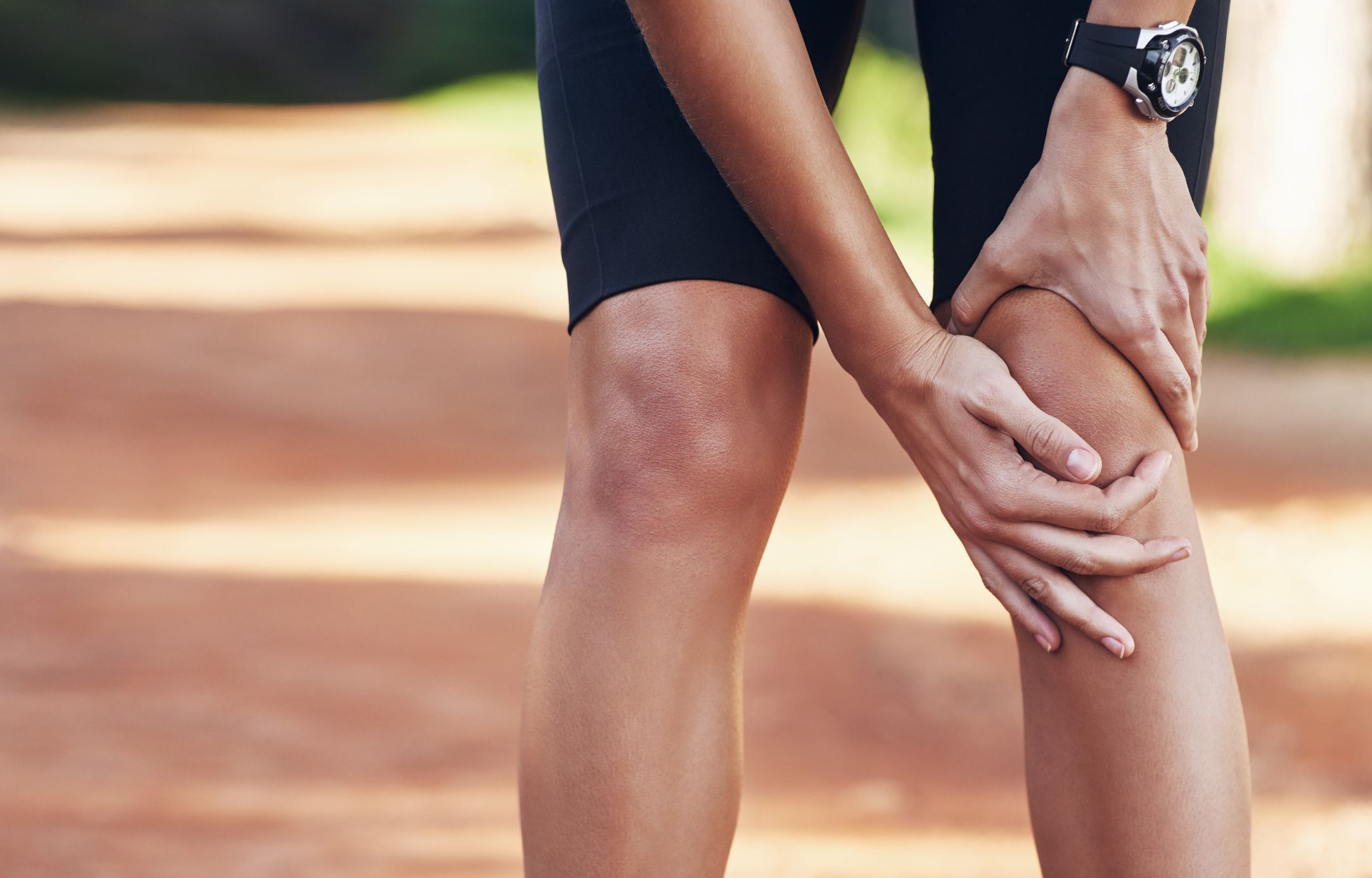Knee pain: Common causes and relief

The cause of your knee pain can determine the symptoms you experience. PHOTO/NET
What you need to know:
- Prevention. Dr Ataro recommends regular check-ups to enable early detection and preventing chronic sequelae of injuries. “Exercising regularly is also recommended even for the non-athletes for at least thrice a week to also ward off non-communicable diseases, mental illness and ensure overall wellbeing. It is also important to use medications, especially those that cause laxity at the joints sparingly. A diet rich in calcium and glucosamine (take fish, milk, eggs, and millet) is beneficial while foods high in uric acid, such as red meats should be reduced.
Knee pain is a common condition most athletes – young, old, professional or amateur experience.
This commonly occurs due to injuries irrespective of what exercise you are involved with.
Dr Ataro Stephen Ayella, a sports exercise and fitness doctor/ trainer, says some knee pain causes in athletes are traumatic, owing to an injury due to an impact or external force, which can occur on track or off the pitch.
These are common in contact or impact sports such as soccer, skiing, rugby and athletics events such as triple jump, long jump and sprints that require fast movements.
Male athletes were more prone to injuries than females.
Among the non-athletic, male are still more prone and injuries are due to the nature of work and vigorous activities they are involved in such as boda boda riding, and those on construction sites.
However, some causes are non-traumatic.
Brian Kasasa, a sports scientist says predisposing factors of knee injuries are age, obesity, gender, sport type, physical fitness of the athlete, and weather (some injuries occur with changes in weather - if one has rheumatoid arthritis, it is increased or worsened in cold weather).
Additionally, women athletes taking Progesterone containing pills may be at risk as progesterone causes relaxation and in some cases cause laxity at the joints.
Signs and symptoms include pain whose intensity and nature depends on the injuries sustained, inability to move, swelling, fever in case of infectious causes, limping movement, general weakness and pressure transmission on the ankle joint, which in turn gets more predisposed to injuries.
Here are the common knee pain causes:
Patellofemoral pain syndrome (Runners knees)
This is very common among young athletes and is due to an overuse injury that results from activities that cause pressure or friction on the cartilage behind the kneecap. “Cartilage injuries can present with moderate to severe pain depending on the degree of tear.
Runners knee could imply lots of injuries to the tissues at the knee joint and no specific pointer can be attributed without having a proper screening test and investigations,” Dr Ataro says.
Bad footwear and running surface
Kasasa says the type of shoes as well as the surface one is working on is very important.
“To jog, run or walk on an uneven surface affects one’s bone structure hence causing extreme pressure on the knee joint. When done continually, one side of the knee wears out faster than another,” he says.
It is also not advisable for a beginner to run on a hard surface because of the extreme impact causing pain to bones that are only starting out. It gets worse if one is above 35 years and probably obese or over weight.”
Ligaments injuries
The commonest ligament injury is that of anterior cruciate ligament followed by medial and lateral collateral ligaments. “The ligaments connect bones to bones and so trauma to the bones or the joint can even damage the ligaments and hinder movements hence immense knee pain,” Dr Ataro shares.
Dislocation of kneecap
Kasasa shares that excessive weight (big tummies and thighs) have a negative impact on one’s kneecaps. “These have to carry the impact of one’s weight through exercising and if one is overweight, the possibility of dislocating their knee cap is high. Ultimately, that will cause pain at the knees,” he says.
Meniscal tears
The meniscus bears the weight at the knee joint and once there is a tear or damage, Dr Ataro says it will result in a painful knee. “Meniscal tears involving damage to blood vessels could lead to bleeding which is further damage and pain,” Dr Ataro shares.
Other causes are inflammations at the joints, tendon injury, wear and tear of cartilage (more so among the elderly), and osteoarthritis.
When one experiences knee pain, Dr Ataro says it may be made worse by exercises, especially for some acute injuries where exercises are not recommended.
“However, for physiotherapy and rehabilitation, once the pain starts subsiding, exercises must be done gradually to help with restoring movement and functionality. Therefore, any painful knee or joint must be assessed prior to exercising to avoid further damage,” he explains.





